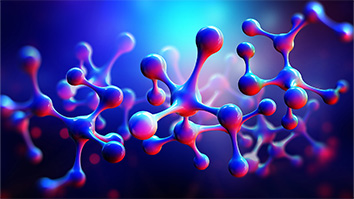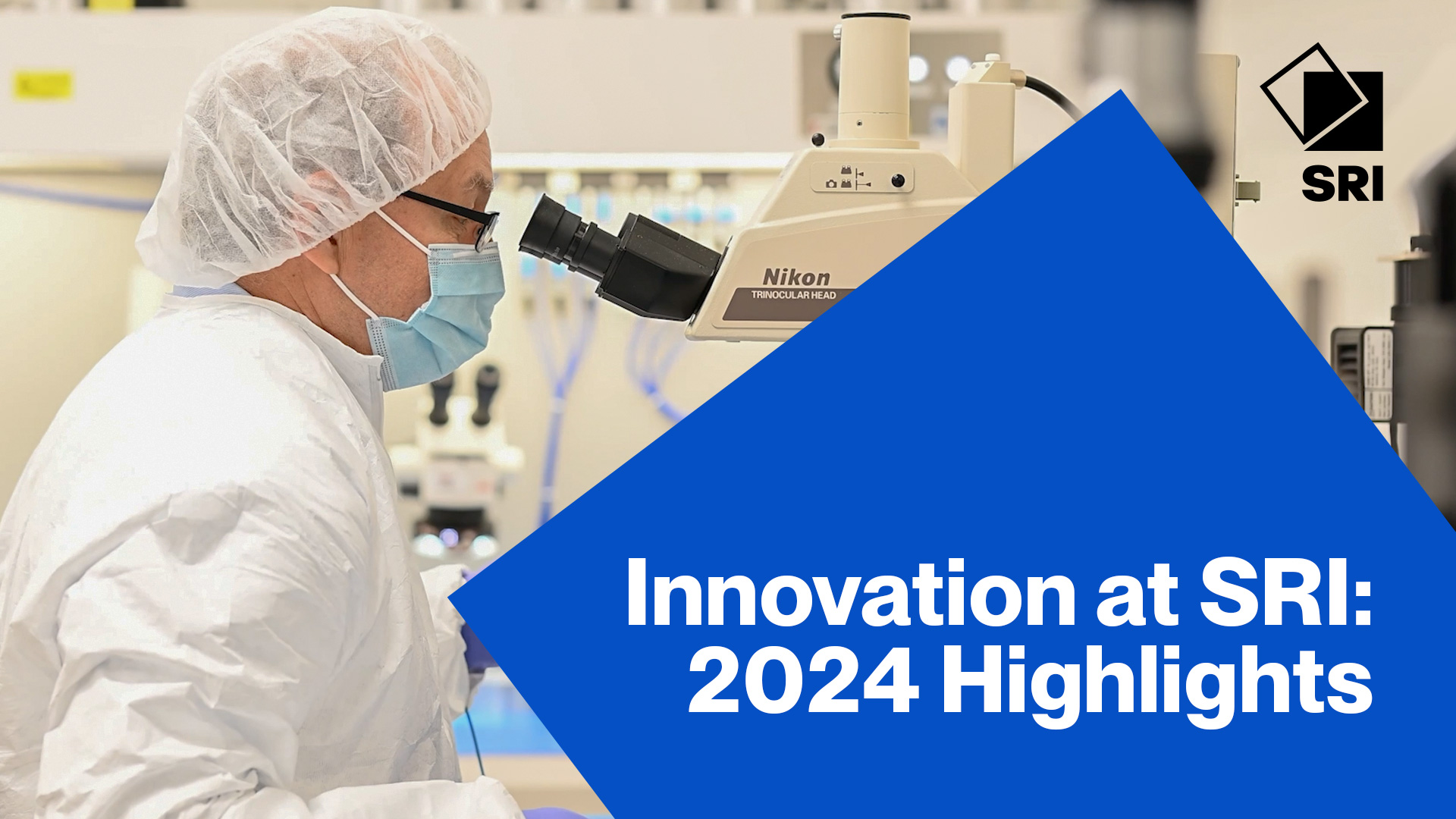Citation
Kiesel, P.; Martini, J.; Recht, M. I.; Bern, M. W.; Johnson, N. M. Handheld flow cytometer for rapid pathogen characterization in water. 2012 MRS (Material Research Society) Fall Meeting; 2012 November 25; Boston, MA USA.
Abstract
Water-quality monitoring is an essential priority for global health. With microorganisms a primary cause for the occurrence of infectious diseases, the concentrations of harmful pathogens should be routinely monitored to maintain microbiological quality control of drinking water. Currently the testing is done in central labs using plate-culture assay techniques which can take up to 24 hours to produce test results. In order to achieve more timely assessment of water quality, PARC is developing a compact and robust platform for rapid pathogen characterization in water. The presented approach is suitable for point-of-need testing and is able to provide test results in less than 20min. The enabling technique is termed spatially modulated emission and generates a time-dependent signal as a continuously fluorescing bio-particle traverses a predefined pattern for optical transmission. Correlating the detected signal with the known pattern achieves high discrimination of the particle signal from background noise. In conventional flow cytometry, the size of the excitation area is restricted approximately to the size of the particle. Our method allows a large excitation area to increase the total flux of fluorescence light that originates from a particle. Despite the large excitation area, the mask pattern enables a high spatial resolution which permits independent detection and characterization of near-coincident particles, with a separation (in the flow direction) that can approach the dimension of individual particles. In addition, the concept is intrinsically tolerant to background fluorescence originating from fluorescent components in solution or contaminants on the chip. We have demonstrated pre-concentration of Giardia and Cryptosporidium which allows us to substantially reduce the analyte volume (~1000 times) while keeping most of the pathogens (>90%). For the pathogen detection we have assembled and tested a working prototype of a microfluidic based flow cytometer which allows analyzing water samples with a throughput of 50ul/min. Measurements of the sensitivity and dynamic range were conducted with calibration particles and yielded a detection limit of ~500 MEPE, which clearly meets the requirements for a wide range of bio-particle-detection applications. Tests with water-borne pathogens clearly show that this instrument can be used to reliably identify and count specifically-tagged pathogens at very low concentrations. We will show results for Giardia, Cryptosporidium, and E.coli. Incubation studies with antibody-based reagents showed that for Giardia incubation times as short as 2 min and analyte-to-reagent ratios as low as 1:100 are sufficient for reliable detection. We will also show that the antibody-based reagents are highly stable, with little degradation over a period of months at 37C. Acknowledgment: This project is partially funded by the U.S. Army Research Office


